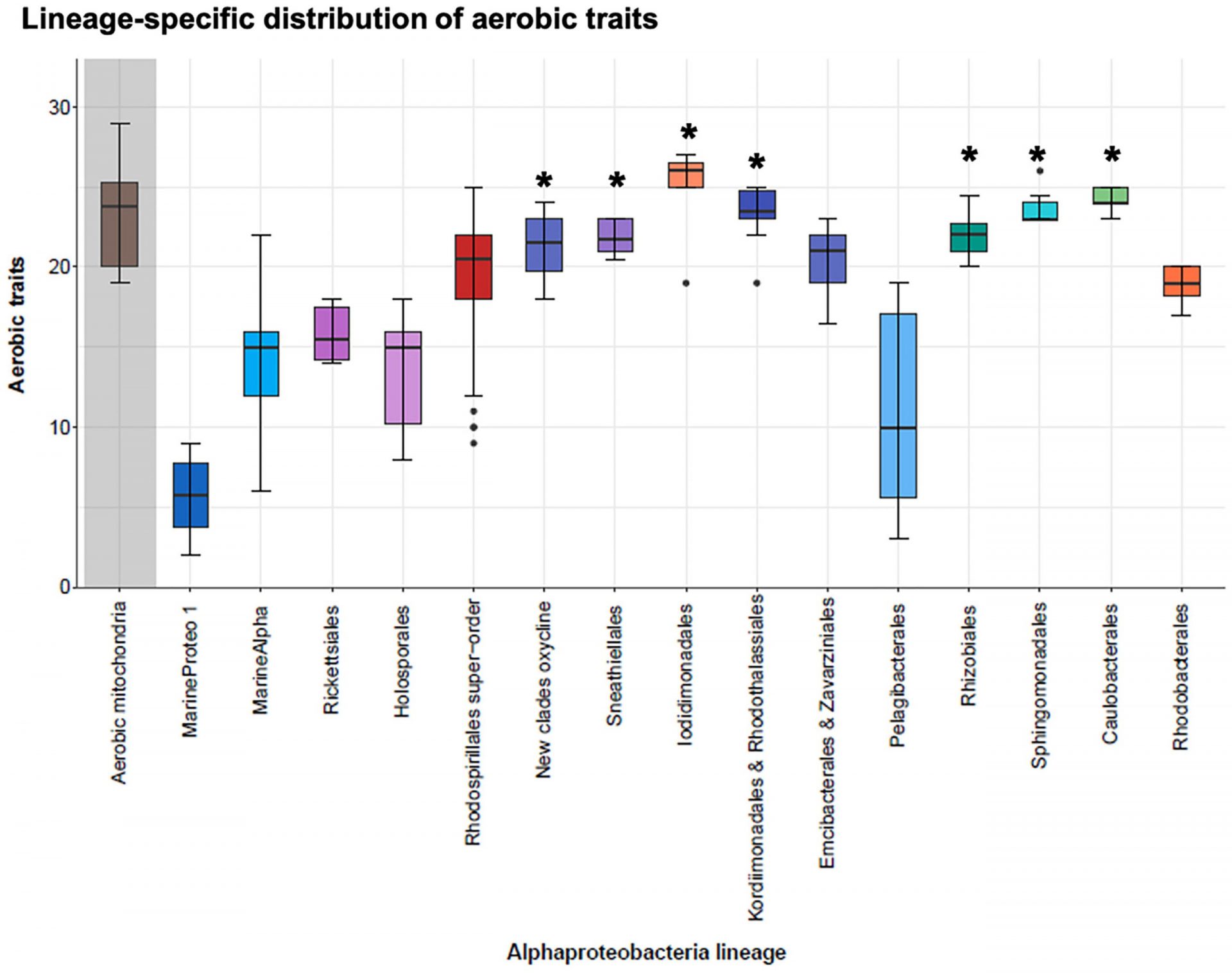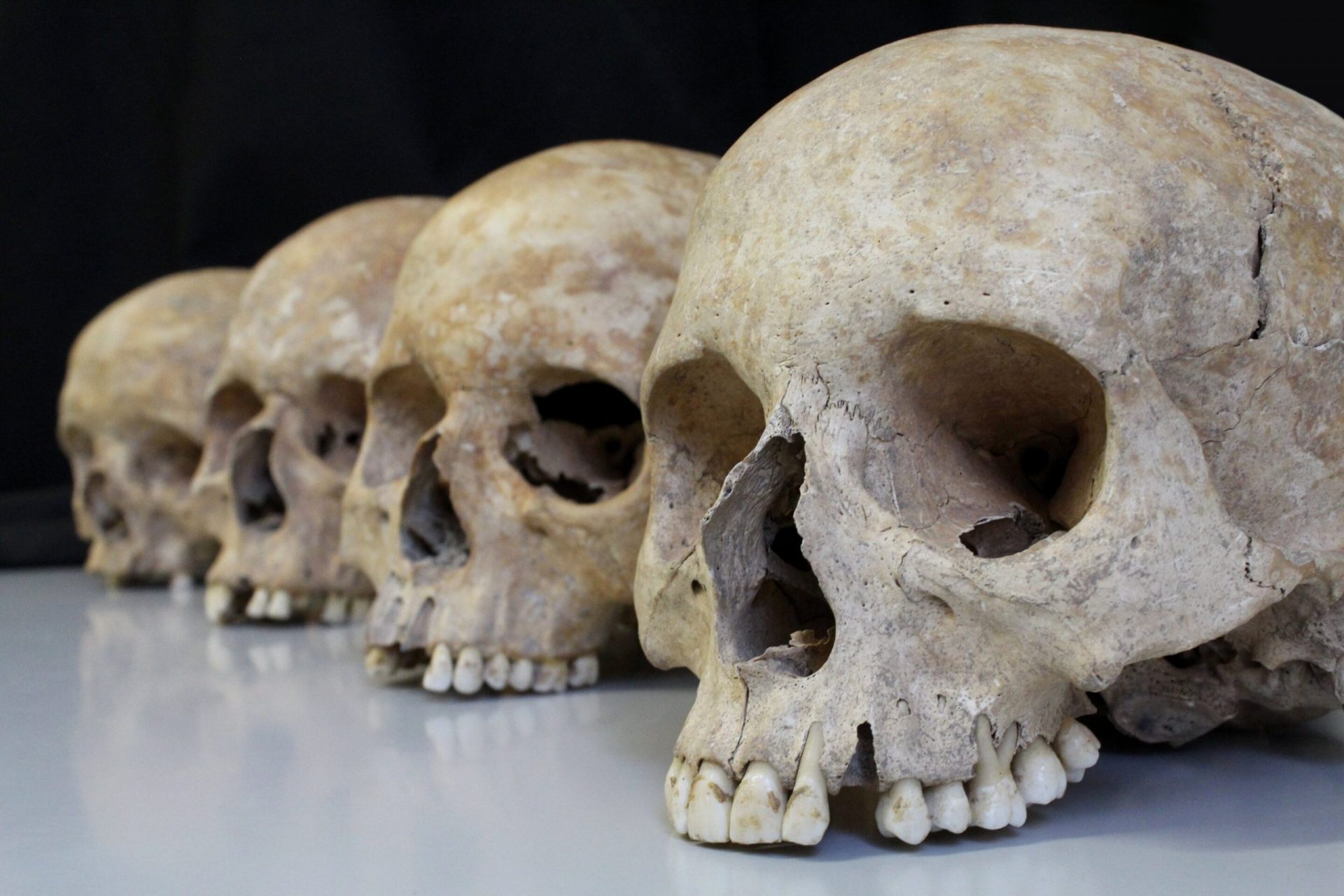Imagine creatures that navigate their surroundings not by walking or running, but by simply changing the shape of their bodies. This unique form of locomotion can be observed in snakes as they slither, stingrays as they swim, and even cats as they twist in mid-air to land on their feet.
These seemingly unrelated movements have something in common, according to a team of researchers led by Caltech’s Peter Schröder. They have discovered a single algorithm that describes the motion of animals that rely on shape-changing to get around. Their findings have been published in the August issue of ACM Transactions on Graphics and will be presented at this year’s SIGGRAPH conference.
“You have all kinds of creatures who have in common that they move about by changing their shape,” says Schröder. “One classic example is a single-cell organism. How does it move? It doesn’t have legs. It doesn’t have wings to fly with. The only thing it can really do is change its shape.
“Once you understand that basic observation, you see there are all kinds of creatures who move by changing their shape. A snake makes an undulating motion and yet manages to move forward. Astronauts can turn in zero gravity by doing a dance-like motion that manages to turn them without the need to push off of a surface.”
Schröder explains that all these types of motion can be explained by the principle of least dissipation, which states that natural systems strive to be as efficient as possible. For example, ice skates can easily slide forward or backward on ice, but have difficulty sliding sideways. When a person wearing ice skates wants to skate forward, they push their skates sideways away from the center line of their body. Since it’s harder for the skates to skid sideways, the skater moves forward, as forward motion is more efficient. This principle applies to various forms of motion in nature.








